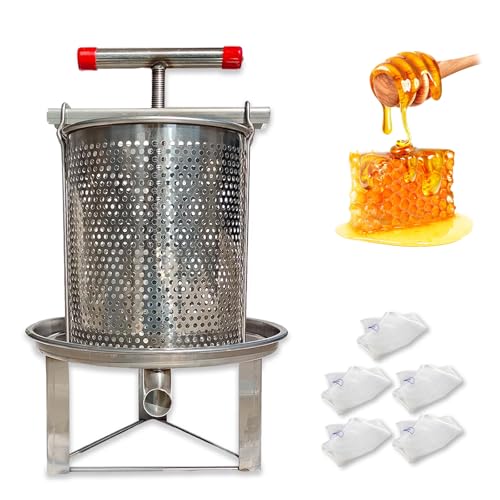OP
- Joined
- Jan 18, 2021
- Messages
- 2,306
- Reaction score
- 2,179
It was disconcerting to find, as @blackcloud warned me, that I have had some damage to PIR components, but these have been whilst in storage, so may have been a mouse or another critter (no less of a worry!). There is a bit of damage, which I repaired with filler, in what looks like an external robbing attempt on a clearer board.
But I've gone ahead as planned. It all went smoothly, with the frames in the top-box of a two-box Mini-Plus simply refitted into the Mini-Plus jammed in my Warre box, and the lower frames, where drawn, screwed to the top bars of my lower Warre box; the remaining top-bars have had a dribble of melted beeswax underneath, which should encourage the bees to make the comb they will need.
I had to move the hive about four feet, as the mini nuc had been perched on a wall, but the wise bees soon relocated.
So effectively, within the hive, nothing has changed for the bees, other than that they have a significant amount of new space and better insulation. So I've built an eke so that I can give them plenty of thin syrup. I had run out of thick PIR and only had undersized pices of 25mm, so the eke is from timber planks with bits of insulation stuck on the outside.
The bees will now have no interference from me other than feeding and an additional, nadired box in Spring. I'll be reporting back here when they make it through the Winter.




But I've gone ahead as planned. It all went smoothly, with the frames in the top-box of a two-box Mini-Plus simply refitted into the Mini-Plus jammed in my Warre box, and the lower frames, where drawn, screwed to the top bars of my lower Warre box; the remaining top-bars have had a dribble of melted beeswax underneath, which should encourage the bees to make the comb they will need.
I had to move the hive about four feet, as the mini nuc had been perched on a wall, but the wise bees soon relocated.
So effectively, within the hive, nothing has changed for the bees, other than that they have a significant amount of new space and better insulation. So I've built an eke so that I can give them plenty of thin syrup. I had run out of thick PIR and only had undersized pices of 25mm, so the eke is from timber planks with bits of insulation stuck on the outside.
The bees will now have no interference from me other than feeding and an additional, nadired box in Spring. I'll be reporting back here when they make it through the Winter.




Last edited:

























































